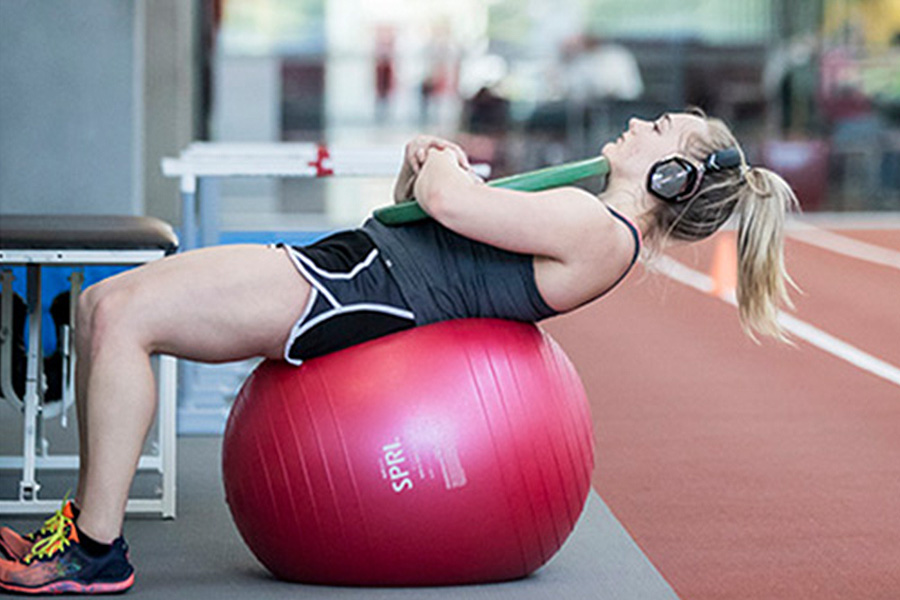
Black, white and a bit of grey. That’s how you could describe the criteria that many athletes face in order to qualify for international competitions like World Cups and the Olympic Games. In this upcoming Olympic season, there is a lot on the line for Canada’s top athletes and making the cut is harder than ever.
In long track speed skating, there has been a concerted effort since the 2014 Sochi Games to gradually implement more challenging qualification criteria designed to elevate the level of performance.
Through tough, but objective, performance standards, skaters are required to skate specific times, above and beyond International Skating Union standards, and rank within the quota of spots to race at World Cups. The Olympic criteria are even tougher.
Cara Thibault, Speed Skating Canada’s High Performance Director, says that the approach is the result of financial constraints and a desire to improve the high performance program. “When we did this, people pushed back and said it was too hard,” she says. “But what happens is that people rise to the occasion and perform better. It becomes an attitude of ‘we can do this.’”
It just might be working. At the recent fall World Cup trials 23 athletes met the performance standard 57 times (many skaters compete in more than one distance), whereas in 2016 it was just 18 athletes making the grade in 29 races.
Marsha Hudey, a sprint specialist from White City, Saskatchewan, who was 6th in the 500m at the World Single Distance Championships last season, lowered her personal best in the 500m by over two tenths of a second at the trials. She says she generally knows what she has to do to qualify but doesn’t go through the criteria too closely. “I don’t want to overthink it,” she says. “I try to focus on my performance.”
In bobsleigh, the team is also chosen based on objective performance criteria, and although there is room for the head coach to make the call based on who best fits together, the athletes still need to earn their spot.
Two-time World Championship silver medalist, Melissa Lotholz says that team selection is an ongoing process that is based on performance data but also on intangibles like team dynamics, experience and how well they’re pushing at any given time.
According to Bobsleigh Canada Skeleton’s head coach, Todd Hays, as reported by CBC Sports in a recent interview, the approach is as objective as it can be. “By simply doing the mathematics, by trying to keep this as completely unbiased and professional as possible, we just try to let the math work itself out,” explains Hays. “As we pick the Olympic team we just try to pick the men and women with the best results that we feel like are going to give Canada the best opportunity to win medals.”
Lotholz knows there are no guarantees so she focuses on her own performance and the things she can control. “I keep it simple, trust the process and let the results speak for themselves. I just put in my best effort.” Hudey and her teammates take a similar approach. “We don’t talk about [the criteria] much,” she says. “Everyone knows what we have to do. We just train and do our thing.”
Qualification criteria, however simple or complex, serve to assemble the best possible team to earn the best possible results and the bottom line is always performance. “The goal is to consistently, repeatedly win medals,” says Thibault. “That is the root of high performance – the end has to be the best.”
Canadian Sport Institute Calgary: @csicalgary
Written by Kristina Groves: @kngrover
Photo by: Dave Holland @csicalgaryphoto
01/11/17
